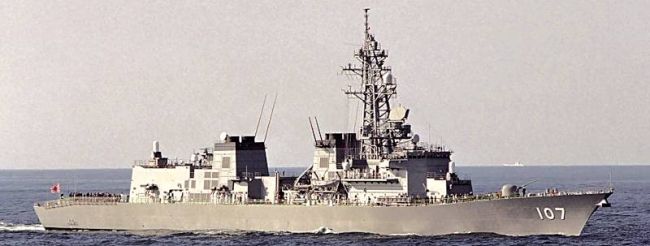WASHINGTON (AFNS) — Recent heightened interest in the Bronze Star Medal has led Air Force Central Command and Air Force Personnel Center leaders to further explain the criteria and approval process for its recipients.
 |
| (U.S. Air Force graphic/Corey Parrish) |
Col. Scott Arcuri, AFCENT director of manpower, personnel and services, said candidates can expect a consistent and rigorous review process for BSM, Meritorious Service Medal or higher award packages submitted from any service through the organizations’ channels.
Executive Order 11046 authorizes the secretary of the military department to grant the award for either heroic or meritorious achievement or service, not involving aerial flight, in connection with operations against any opposing armed force, or while serving with friendly forces engaged in an armed conflict.
While the BSM criteria do not necessarily prescribe direct combat engagement with opposing forces, the “V” for valor device distinguishes individuals who have been in engaged in conflict to a lesser degree than what might qualify them for a Silver Star.
“In processing high-level decorations, our primary focus at AFCENT is to determine the degree to which the individual’s accomplishments can be tied directly to ground combat operations for the unit in which they served,” Arcuri explained. “We’re committed to a consistent, deliberative process that recognizes deserving individuals and reflects that consistency long-term across the Air Force.”
Under the direction of AFCENT Commander Lt. Gen. David Goldfein, a bi-monthly board of independent military members comprised of senior officer and enlisted leaders, and a non-voting board president assesses each AFCENT candidates’ decoration packages, Arcuri explained.
The board assembles at Shaw Air Force Base, S.C., and does not use quotas in its determinations, but the approval rate is typically between 50–60 percent, Arcuri noted, adding that nominators can even resubmit a downgraded or disapproved package within a year to include supporting information.
“This intensive process is so important that General Goldfein or his deputy commander personally addresses each board to ensure that only the worthiest individuals receive this recognition,” Arcuri said. “We bring in currently wing, group and vice commanders and command chief master sergeants from across the CENTCOM (area of responsibility) to carefully consider the merits of the individual.”
Board members receive clear and direct guidance to make decisions that represent the greater interest of the Air Force without regard to their particular wing or career field, Arcuri added.
As Airmen continue to support and embed with other branches and units in contingency operations, BSMs awarded from other services have become more frequent, Arcuri said.
The criteria, though generic, can be applied specifically to the mission and determination of each service’s chain of command, Arcuri explained, noting the Air Force’s shift to an administrative concur/non-concur role when another branch awards the decoration to an Airman.
“It is within the prerogative of any branch to award a BSM, and typically we have no reason to question that determination,” Arcuri said, adding that even in rare cases of Air Force non-concurrence, the granting service can override the recommendation.
Arcuri also acknowledged that decorations can critically impact accrued points under the Weighted Airman Promotion System, leaving some service members to question whether BSM recipients might have an unfair advantage over MSM recipients.
AFPC officials have confirmed the BSM to be on par with the MSM from a promotion point system perspective.
“The Air Force can award either the BSM or the MSM in theater, while the Army typically awards the BSM — but each is worth five points in the promotion system,” said Will Brown, Air Force Evaluations and Recognitions Branch chief at AFPC.
A finance Airman returning from an embedded tour with the Army is among 13,354 others who, since 9/11, have received the decoration, including 839 recipients recognized with valor for combat heroism, Brown added.
“The number of BSM recipients in no way diminishes the accomplishments of those individuals who have earned it; rather, allows commanders to recognize meritorious or heroic service which may have occurred in various capacities or missions within a particular unit or service,” Brown said.
Still, Arcuri maintains that AFCENT and other approving officials are less interested in comparing award criteria or approval statistics to other services, so much as maintaining the integrity of the decoration process and its original intent.
During World War II, the BSM evolved from the “Ground Medal” developed by a U.S. Army colonel to raise morale and distinguish the actions of ground troops from those in aerial combat. On Feb. 4, 1944, President Franklin D. Roosevelt authorized the Bronze Star Medal by Executive Order 9419, retroactive to Dec. 7, 1941.
“We want to ensure we apply the same criteria throughout the decades to recognize the achievements of our people in combat environments,” Arcuri said. “We’ve got a tremendous force of modern Airmen doing incredible work across the AOR and we encourage commanders to laud the exceptional service of these Airmen through multiple channels.”
Source:
U.S. Air Force

 von
von 